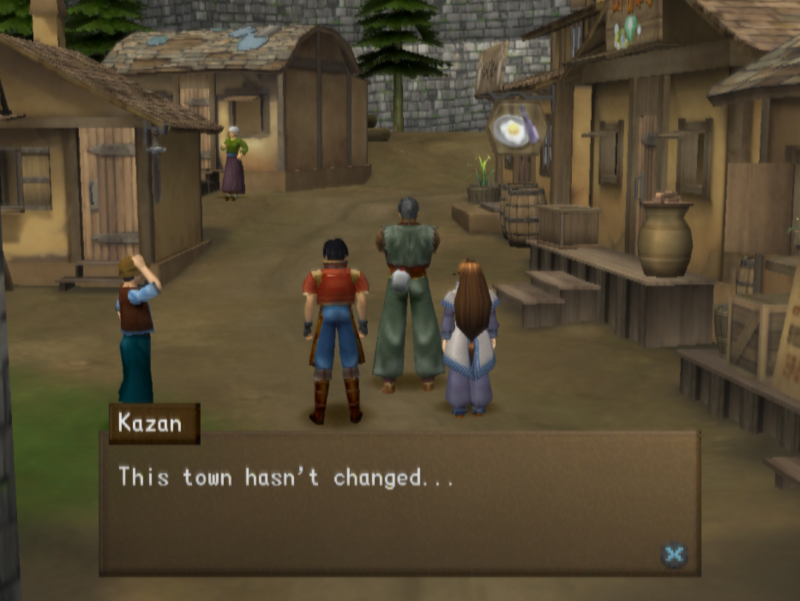Zanzoken
Arcane
- Joined
- Dec 16, 2014
- Messages
- 4,143
I am still just a novice when it comes to 3D modeling, but I think I can explain the basics.
3D models are built from polygons. A polygon is simple geometry like triangles and quads which are made up of vertices, edges, and faces.
The polygons all joined together create the surface of a model, called the mesh or wireframe.

However models that are more detailed are usually 3D sculpted first.
Sculpting is exactly what it sounds like... taking basic shapes like cubes and cylinders and expertly crafting them into highly detailed art.

It's important to note that sculpted models are still made out of polygons. They just use very large amounts of them to achieve the fine level of detail.
Here I have zoomed way in on the 3D sculpt so you can see it's still a mesh. It just uses a ton of polygons (7.5M in this case) to create a very fine and detailed mesh.

The problem with sculpted models is that their very high polygon counts make them unfit for use in games. It's simply not possible to render so many polygons in a performant way.
Luckily there is a way to preserve the detail on these sculpted or "high-poly" meshes and transfer it over to lower polygon count or "low-poly" meshes that will work in games.
The first step is using a process called retopology to create a low-poly mesh that is similar in shape to the high-poly.
Here is an example of a low-poly mesh next to the corresponding high-poly.

The second step is to bake the detail of the high-poly mesh into a normal map, which is a texture that has "normals" or lighting data for each pixel in the texture.
Normal maps are how we transfer the detail from the high-poly onto the low-poly, to make the low-poly look much more detailed than it actually is.
Here you can see a low-poly on the left next to a high-poly. The top comparison is smooth shaded using only the model's geometry, but the bottom is what you get with the normal map applied.

Last thing I will mention is you can find interactive 3D models where the inspector tool allows you to look at each component of the model individually (like the mesh, different parts of the material, etc) so you can see how they fit together to make the final model.
Here is one I found for the Northgard model I posted above. https://sketchfab.com/3d-models/viking-65f708016bae4fbabd96d41b401d592c
Hope this helps!
3D models are built from polygons. A polygon is simple geometry like triangles and quads which are made up of vertices, edges, and faces.
The polygons all joined together create the surface of a model, called the mesh or wireframe.

However models that are more detailed are usually 3D sculpted first.
Sculpting is exactly what it sounds like... taking basic shapes like cubes and cylinders and expertly crafting them into highly detailed art.

It's important to note that sculpted models are still made out of polygons. They just use very large amounts of them to achieve the fine level of detail.
Here I have zoomed way in on the 3D sculpt so you can see it's still a mesh. It just uses a ton of polygons (7.5M in this case) to create a very fine and detailed mesh.

The problem with sculpted models is that their very high polygon counts make them unfit for use in games. It's simply not possible to render so many polygons in a performant way.
Luckily there is a way to preserve the detail on these sculpted or "high-poly" meshes and transfer it over to lower polygon count or "low-poly" meshes that will work in games.
The first step is using a process called retopology to create a low-poly mesh that is similar in shape to the high-poly.
Here is an example of a low-poly mesh next to the corresponding high-poly.

The second step is to bake the detail of the high-poly mesh into a normal map, which is a texture that has "normals" or lighting data for each pixel in the texture.
Normal maps are how we transfer the detail from the high-poly onto the low-poly, to make the low-poly look much more detailed than it actually is.
Here you can see a low-poly on the left next to a high-poly. The top comparison is smooth shaded using only the model's geometry, but the bottom is what you get with the normal map applied.

Last thing I will mention is you can find interactive 3D models where the inspector tool allows you to look at each component of the model individually (like the mesh, different parts of the material, etc) so you can see how they fit together to make the final model.
Here is one I found for the Northgard model I posted above. https://sketchfab.com/3d-models/viking-65f708016bae4fbabd96d41b401d592c
Hope this helps!



























